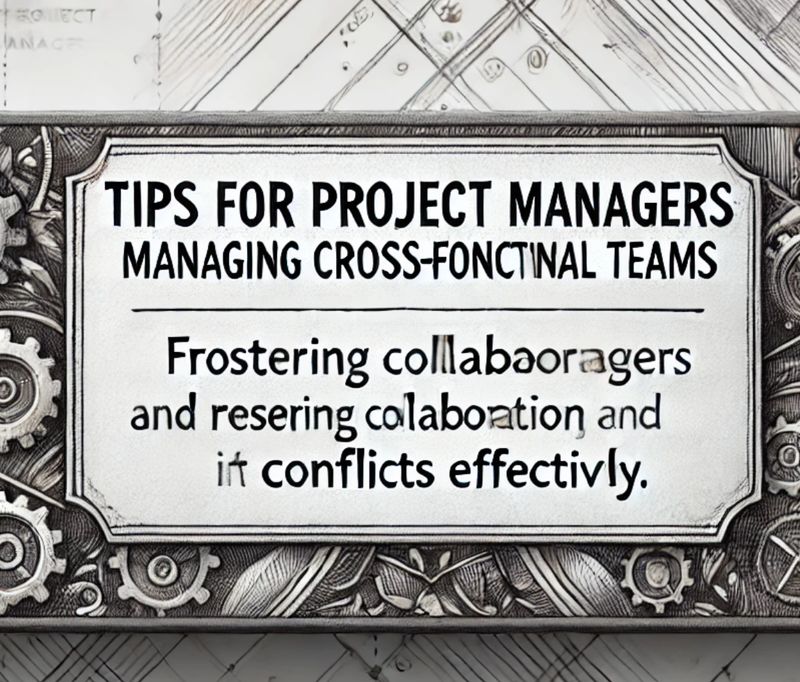Advice on Managing Project Changes

Why Managing Change is Crucial
Change is inevitable in any project. It could stem from evolving client needs, unexpected challenges, or shifting organizational goals. Without a clear approach to managing these changes, projects can quickly spiral out of control, resulting in missed deadlines, overrun budgets, and dissatisfied stakeholders. Effective change management ensures that adjustments align with the project's overall goals and minimizes disruptions.
For example, imagine you are leading a website development project. Halfway through, the client requests a new feature that wasn't part of the original plan. If you don’t have a structured process to evaluate the impact of this change, it could delay the launch or stretch the budget beyond what was agreed. With a solid change management plan, you can assess the feasibility, communicate with your team, and make informed decisions about how to proceed.
Building a Framework for Managing Changes
To manage changes effectively, project managers should create a clear framework. This framework acts as a guide for evaluating, approving, and implementing changes while keeping all stakeholders aligned. Here’s how to build such a framework:
1. Establish a Change Control Process. At the beginning of the project, define how changes will be identified, documented, and approved. For instance, you might set up a process where team members submit change requests through a centralized system, ensuring all proposed changes are tracked and reviewed.
2. Analyze the Impact of Changes. When a change request arises, evaluate its impact on the project's timeline, budget, and objectives. For example, if adding a new feature will require two additional weeks of development, discuss how it will affect the project’s delivery date and whether it fits within the existing budget.
3. Communicate Transparently with Stakeholders. Keep stakeholders informed about proposed changes and their implications. This ensures everyone is aligned and reduces resistance. For instance, if the client requests a major change, organize a meeting to discuss why the change is necessary and how it will affect the project scope and deliverables.
Implementing Changes Effectively
Once a change has been approved, the next step is implementation. This requires careful planning and coordination to ensure the project stays on track.
1. Update the Project Plan. Incorporate the approved changes into the project timeline and budget. Adjust milestones and deliverables as needed. For example, if a new design element is added to a product, update the design schedule to include additional review cycles and testing.
2. Reallocate Resources. Ensure your team has the necessary resources to implement the changes. This might involve assigning additional team members or reallocating existing ones. For instance, if a change involves integrating new software, ensure that team members have the training and tools required for the integration process.
3. Monitor Progress. Keep an eye on how the change implementation affects the overall project. Regularly review progress with your team and address any challenges that arise. For example, if a change delays one part of the project, work with the team to identify ways to catch up without compromising quality.
Managing project changes can feel daunting, especially for beginners. However, by establishing a structured process, analyzing impacts thoroughly, and communicating transparently, you can ensure that changes contribute to the project’s success rather than derail it. Remember, flexibility and adaptability are key traits of a great project manager. Each change is an opportunity to improve and learn, making your future projects even more successful.





